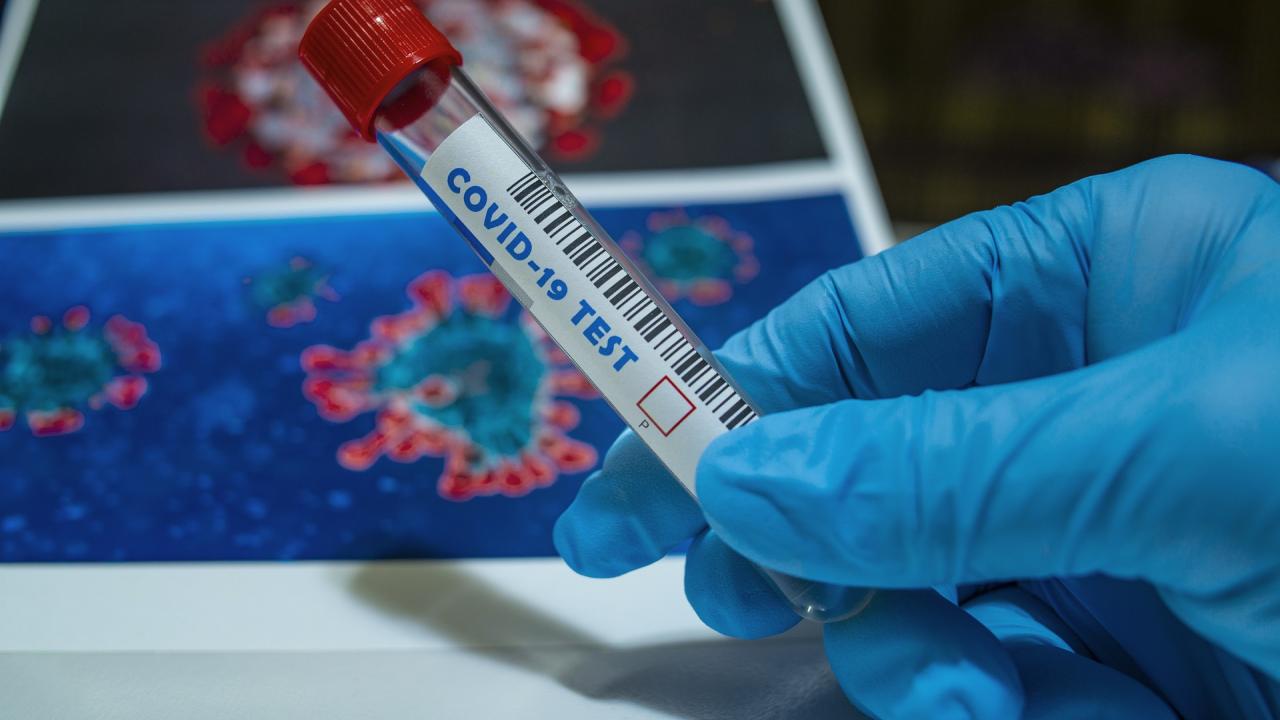
COVID-19 in Animals: What to Fear and What to Learn
While COVID-19 has been racing through much of the human population, the SARS-CoV-2 virus has also turned up in other mammals. This leads to many questions: Might these animals serve as reservoirs where new variants can emerge and then infect humans? Can animal surveillance identify novel variants before they appear in humans? How dangerous is COVID-19 to nonhuman animals?
“There’s evidence of transmission in deer, in small mammals that are raised for fur in the U.S. and in other countries, and in rodents, so really any mammal is suspect right now. We need to know which variants transmit between animals in a wild-reservoir setting, and what that means for adaptation of the virus and future risk for re-emergence into the human population,” said researcher Christine Johnson, VMD, Ph.D., professor of epidemiology and ecosystem health, and director of the EpiCenter for Disease Dynamics at the One Health Institute, University of California at Davis (UC Davis), Davis, CA, USA (Figure 1). She also leads the multi-institution EpiCenter for Emerging Infectious Disease Intelligence at UC Davis.
“I think for the current pandemic with SARS-CoV-2, it is absolutely fundamental to start to take some of the innovation that’s been happening (on the human side) and bring it into that animal health realm, so that we can track the course of this pandemic in animals, and get a better picture of what is poised to happen next,” Johnson asserted.
